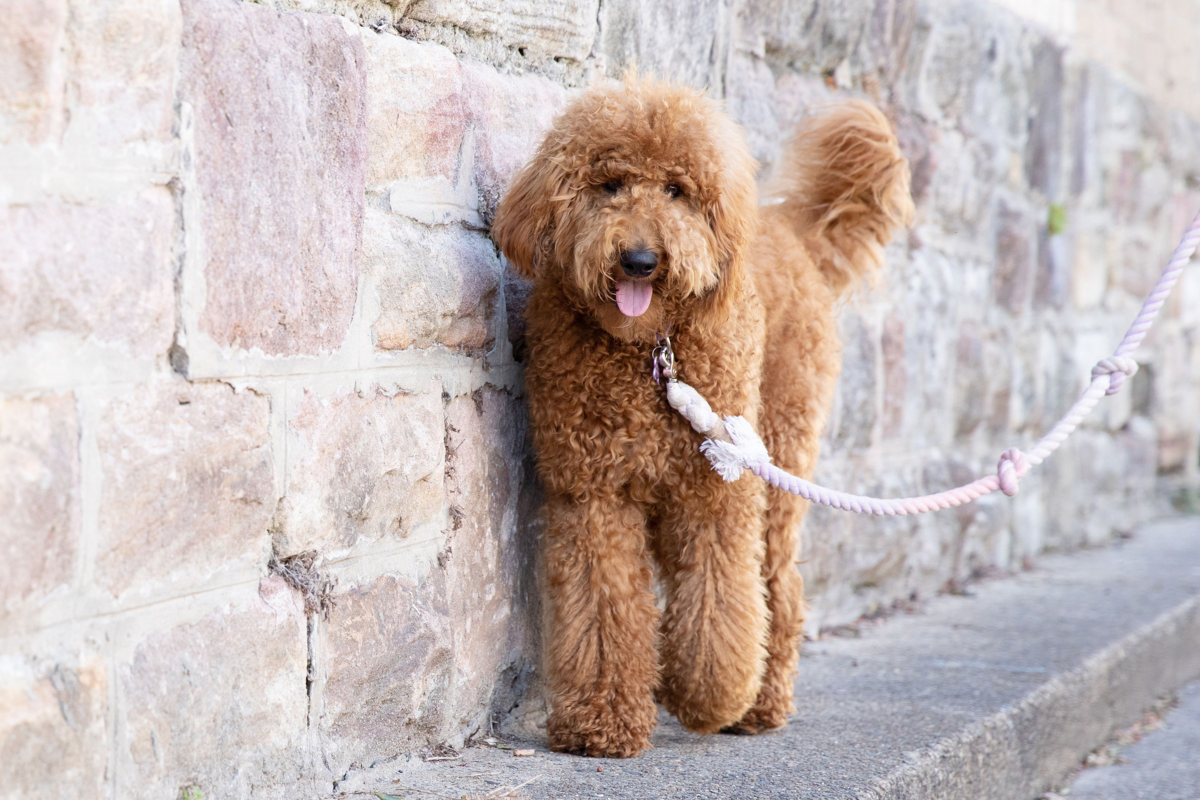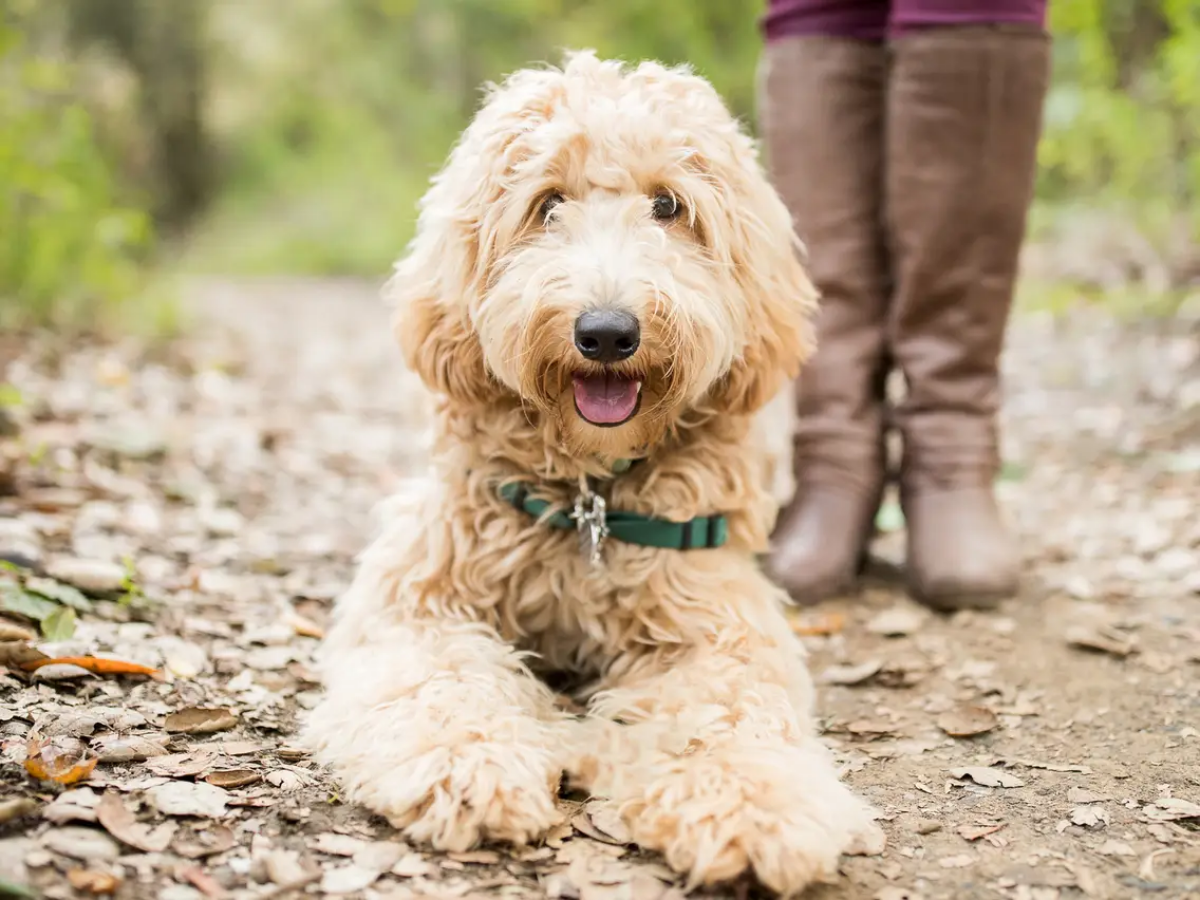The Unfiltered Guide to ‘Designer’ Dogs: What You Really Need to Know
I’ve spent more than two decades deep in the world of dogs. I’m talking about everything from the joyful chaos of animal shelters and the quiet focus of advanced training halls to sitting on the floor with families trying to figure out their new puppy. I’ve seen it all. And in that time, the way we talk about mixed-breed dogs has completely flipped on its head. The dogs we used to lovingly call “mutts” are now being sold with fancy portmanteau names and price tags that can make your eyes water.
In this article
So, let’s get real. My goal here isn’t to tell you what to do, but to give you the unvarnished truth based on years of hands-on experience. This is about equipping you to make a smart, responsible choice for a companion who will be a part of your life for the next 10, maybe 15, years. It’s a big deal.

The Genetic Soup: What Are You Actually Getting?
Before we dive into the popular mixes, you have to understand that genetics is a total lottery. It’s not as simple as taking the friendly vibe of a Golden Retriever and the smarts of a Poodle and mashing them together into a perfect dog. It rarely works out that cleanly.
Let’s quickly clear up some lingo:
- A purebred dog has a long, documented lineage of the same breed. You generally know what you’re getting in terms of size, coat, and core temperament.
- A crossbreed is what happens when you breed two different purebreds together (like a Labrador and a Poodle). This first generation is often called an F1. It gets way more unpredictable from there.
- A mutt, or an all-American special, has a rich, mixed heritage that’s often a complete mystery. And honestly? They can be some of the best dogs out there.
You’ll hear the term “hybrid vigor” thrown around a lot. It’s a real thing, suggesting that mixing gene pools can lower the risk of some inherited diseases that pop up in purebreds due to limited genetics. And yes, genetic diversity is a good thing! But—and this is a huge but—hybrid vigor is not a magic shield. A mixed-breed puppy can still inherit problems from either parent. Instead of dodging health issues, it might just be inheriting from a wider menu of potential problems.

Think about it like this: A Poodle’s curly coat comes from a dominant gene, so it often shows up. But it’s not a guarantee. I’ve seen plenty of “doodles” with wiry, shedding coats that were a total surprise to their owners. Temperament and energy levels are even more of a crapshoot because they’re controlled by tons of genes. You might get that perfect blend, or you might get a dog with a retriever’s intense energy and a poodle’s potential for anxiety. You just never know.
A Closer Look at the Most Popular Mixes
Instead of just listing breeds, let’s look at a few case studies based on dogs I’ve actually worked with. This is the stuff you don’t always see on a breeder’s cute Instagram page.
The Doodle Craze (Goldendoodles, Labradoodles, Bernedoodles)
The Pitch: They’re sold as the ultimate family dog—friendly, smart, and “hypoallergenic.” It’s a very tempting package.
The Reality Check: These mixes can be fantastic, but they can also be a perfect storm of health issues. A good breeder tests for problems from BOTH sides. For a Goldendoodle, that means screening for the cancers and hip dysplasia common in Golden Retrievers, plus the Addison’s disease, bloat, and eye conditions common in Poodles. I once consulted with a family whose two-year-old Goldendoodle had crippling hip dysplasia and a thyroid condition. Their vet bills were already well over $5,000. This is not a rare story.

And that famous coat? It’s not a “no-grooming” coat; it’s a “high-grooming” coat. That soft, curly hair mats if you look at it wrong. Matting is incredibly painful for a dog, pulling on the skin and hiding infections. To prevent it, you need to commit to daily, thorough brushing at home. A quick tip: You’ll need a good slicker brush (around $20) and a sturdy metal comb, often called a greyhound comb (about $15). You have to learn how to line-brush, getting all the way to the skin. On top of that, budget for professional grooming every 4 to 8 weeks, which can easily cost $100 to $200 per visit. It’s a significant, non-negotiable expense.
A Word of Warning: The Short-Nosed Mixes (Frenchtons, Bullshihs)
The Pitch: They combine the quirky, lovable personalities of breeds like French Bulldogs and Boston Terriers into a compact, apartment-friendly pet.
The Reality Check: This is a major area of concern for vets. Breeds with short skulls often suffer from Brachycephalic Obstructive Airway Syndrome (BOAS). In plain English, their anatomy makes it hard for them to breathe. Mixing two of these breeds can double down on the problem. These dogs can’t handle heat, exercise can be dangerous, and even sleeping can be a struggle. Many require corrective surgery just to breathe comfortably, and that surgery can cost anywhere from $2,000 to $6,000. Let that sink in. It’s a serious welfare issue created for a “cute” look.

Looks vs. Reality: The ‘Pomsky’ Problem
The Pitch: A Siberian Husky’s stunning looks in a tiny, manageable Pomeranian-sized body. What’s not to love?
The Reality Check: This mix is a classic case of prioritizing looks over temperament and function. Huskies are working dogs bred to run for miles, pull, and be very, very vocal. They have an insane amount of energy and an independent streak. When you mix that with a companion breed, you have no idea what you’ll get. I’ve met Pomskies that are like tiny, furry balls of anxiety and frantic energy. They have the Husky’s need for a marathoner’s workout routine but no outlet for it. They often end up surrendered to shelters because the owners, who expected a lapdog, got a pint-sized escape artist who screams instead of barks.
Oh yeah, and there’s a serious safety risk. Breeding a small female dog to a larger male is incredibly dangerous, often requiring a C-section and putting the mother’s life at risk. A responsible person would never make that cross.

The Most Important Choice: Finding a Good Dog (and Avoiding Scams)
The designer dog trend has created a huge, messy market full of well-intentioned people and, frankly, a lot of scammers. Knowing how to spot the good guys is the single most important skill you can have.
The Ethical Breeder Checklist
A truly responsible breeder—whether of purebreds or crossbreeds—is a steward of their dogs. They aren’t in it just for the money. Screenshot this list. Seriously. When you’re talking to a breeder, have these points ready.
- They Brag About Health Testing. This is non-negotiable. They should eagerly show you proof of health certifications on the parent dogs from organizations like the OFA (Orthopedic Foundation for Animals) or PennHIP. Good to know: The OFA maintains a public database where you can look up a dog’s parents and see their official scores for things like hips and elbows. “Vet checked” is NOT the same thing.
- They Prove Their Dogs. The parent dogs have titles in dog sports like agility or obedience, or work as therapy dogs. This shows they are trainable and structurally sound—not just kept in a kennel to produce puppies.
- They Welcome You to Their Home. They will insist you come to their home to meet the mother dog (at a minimum) and see where the puppies were raised. They have nothing to hide.
- They Grill You. A good breeder will interview you more than you interview them. They want to make absolutely sure their puppy is going to a fantastic, prepared home for its entire life.
- They Offer a Lifetime Return Policy. Their contract will state that if you can ever no longer care for the dog, it must be returned to them. Their puppies will never, ever end up in a shelter.

Red Flags That Should Make You Run
These are the signs of a puppy mill or a backyard breeder who is capitalizing on a trend. Walk away immediately if you see these.
- They offer multiple, unrelated types of “designer” mixes.
- They refuse to let you see their home and want to meet in a parking lot.
- They have no formal health testing certificates to show you.
- They market “rare” colors over health. (The “merle” pattern, for example, can cause blindness and deafness if two merle dogs are bred together).
- They pressure you to buy immediately, creating a false sense of urgency.
Don’t Forget the Shelter Superstars!
Before you commit to spending thousands on a puppy, I’m begging you to check out your local animal shelter or rescue group. Here’s a quick win you can do right now: go to Petfinder.com, type in “doodle” or whatever mix you’re interested in, and set the location to your area. You will be stunned by how many are already waiting for a home.

Adopting from a shelter is incredible. You save a life, and you often get a dog whose personality is already formed. You’ll know their full size, their energy level, and their quirks. The adoption fee, usually between $150 and $500, is a fraction of a breeder’s price and supports a great cause.
Let’s Talk Money: A Realistic First-Year Budget
The sticker price is just the beginning. A puppy from a top-tier, responsible breeder might cost you between $2,500 and $5,000. That price reflects the thousands they’ve spent on health testing, high-quality food, vet care, and round-the-clock work. In that first year, on top of the purchase price, you should budget at least another $2,000 for puppy shots, spay/neuter surgery, high-quality food, a crate, toys, bedding, training classes, and grooming. The problem is, a backyard breeder who cuts every corner will charge the same high price, pocketing the difference.
Compare that to a shelter dog. Your adoption fee of $150 to $500 often already includes the first round of vaccinations and the spay/neuter surgery, saving you a huge chunk of money right off the bat. Your first-year costs for food, supplies, and training will be similar, but your initial outlay is dramatically lower, and your money goes toward helping other homeless animals.

A Final Thought, From My Heart to Yours
A dog is a heartbeat at your feet. It’s a living, breathing commitment of your time, your money, and your heart for a decade or more. The breed mix is so much less important than the individual dog’s health and temperament, and whether they are a good fit for your actual life.
So, please, slow down. Do the research. Be brutally honest with yourself about the time, money, and energy you can realistically give. Whether you choose a well-bred cross, a carefully selected purebred, or a wonderful mutt from the local shelter, make the choice with your head and your heart. The right dog for you is out there, just waiting for a responsible, loving home. Your job is to be ready to provide one.
Galerie d’inspiration


The Orthopedic Foundation for Animals (OFA) lists both Golden Retrievers and Standard Poodles as breeds significantly affected by hip dysplasia.
This means a Goldendoodle isn’t ‘immune’ by default; it can inherit the genetic predisposition from both parent breeds. A responsible breeder will provide OFA or PennHIP certifications for the parents’ hips and elbows. Asking to see these documents isn’t rude—it’s a crucial step in avoiding potential heartbreak and vet bills that can exceed $5,000 per hip for future surgeries.

The unique ‘doodle’ coat is famously high-maintenance and prone to painful matting if neglected. Your grooming toolkit should include more than a simple brush. Be prepared for:
- Daily brushing with a high-quality slicker brush, like the Chris Christensen Big G, to work through the thick undercoat.
- Following up with a metal ‘greyhound’ comb to find and gently detangle knots the slicker may have missed.
- A budget for professional grooming every 6-8 weeks, a non-negotiable expense that can range from $90 to $150+ per visit.

F1, F1b, F2… what do these codes from breeders actually mean?
It’s the genetic shorthand for your puppy’s lineage. An F1 is a first-generation 50/50 cross (e.g., Bernese Mountain Dog x Poodle). An F1b is a cross back (‘b’) to one of the original purebreds (e.g., F1 Bernedoodle x Poodle), a technique often used to increase the odds of a low-shedding coat. An F2 is a second-generation cross (e.g., F1 Bernedoodle x F1 Bernedoodle), where physical traits and temperament become far more unpredictable—a true genetic lottery.

You might be hoping for the gentle nature of a Cavalier King Charles Spaniel and the intelligence of a Poodle in your Cavapoo, but temperament is never a 50/50 split. You could just as easily get the Poodle’s high energy and potential for separation anxiety mixed with the Cavalier’s significant health predispositions like heart conditions. The best indicator? Spend as much time as possible observing the puppy’s mother. Her temperament and behavior are your most valuable clues.

Reputable Breeder: Provides verifiable health clearances (OFA for hips, CERF for eyes) for both parent dogs, raises puppies in a clean home environment, and will always take the dog back if you can no longer care for it.
Backyard Breeder/Puppy Mill: Often sells multiple types of ‘designer’ dogs, avoids showing you the parents or living conditions, pressures you for a quick sale, and offers no health guarantees or long-term support.
Knowing the difference is critical for your dog’s future health and well-being.


- Uncover potential genetic health risks specific to their unique mix.
- Finally satisfy your curiosity about their exact breed makeup.
- Gain tailored insights into their likely size, coat type, and personality traits.
The secret to truly understanding your one-of-a-kind companion? A simple at-home DNA test. Kits from brands like Embark or Wisdom Panel can provide a wealth of information that goes far beyond a cute portmanteau name.

A study published in the journal ‘PLOS One’ found that a dog’s breed is a poor predictor of its behavior, accounting for only about 9% of the variation in an individual dog’s personality.

Don’t be fooled by the teddy-bear looks of a Pomsky (Pomeranian/Husky) or the goofy charm of an Aussiedoodle (Australian Shepherd/Poodle). These are not accessories; they are crosses of high-drive working or arctic breeds. They require serious commitment to daily exercise and, just as importantly, mental stimulation like puzzle toys and training to prevent boredom-induced behaviors like chewing and barking.

Think you can’t find a designer mix in a shelter? Think again. As these dogs have surged in popularity, they are also being surrendered in increasing numbers when their real-world grooming needs, energy levels, or health issues become too much for unprepared owners. Before you shop, check Petfinder.com or dedicated rescue groups like Doodle Rock Rescue. Your perfect companion might be waiting for a second chance.
A responsible breeder is vetting you as much as you are vetting them. Be prepared to answer questions, and have your own list ready. Never leave without asking:










